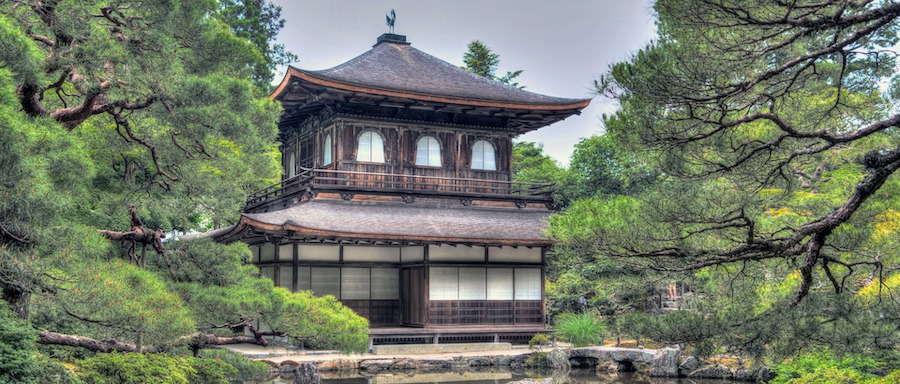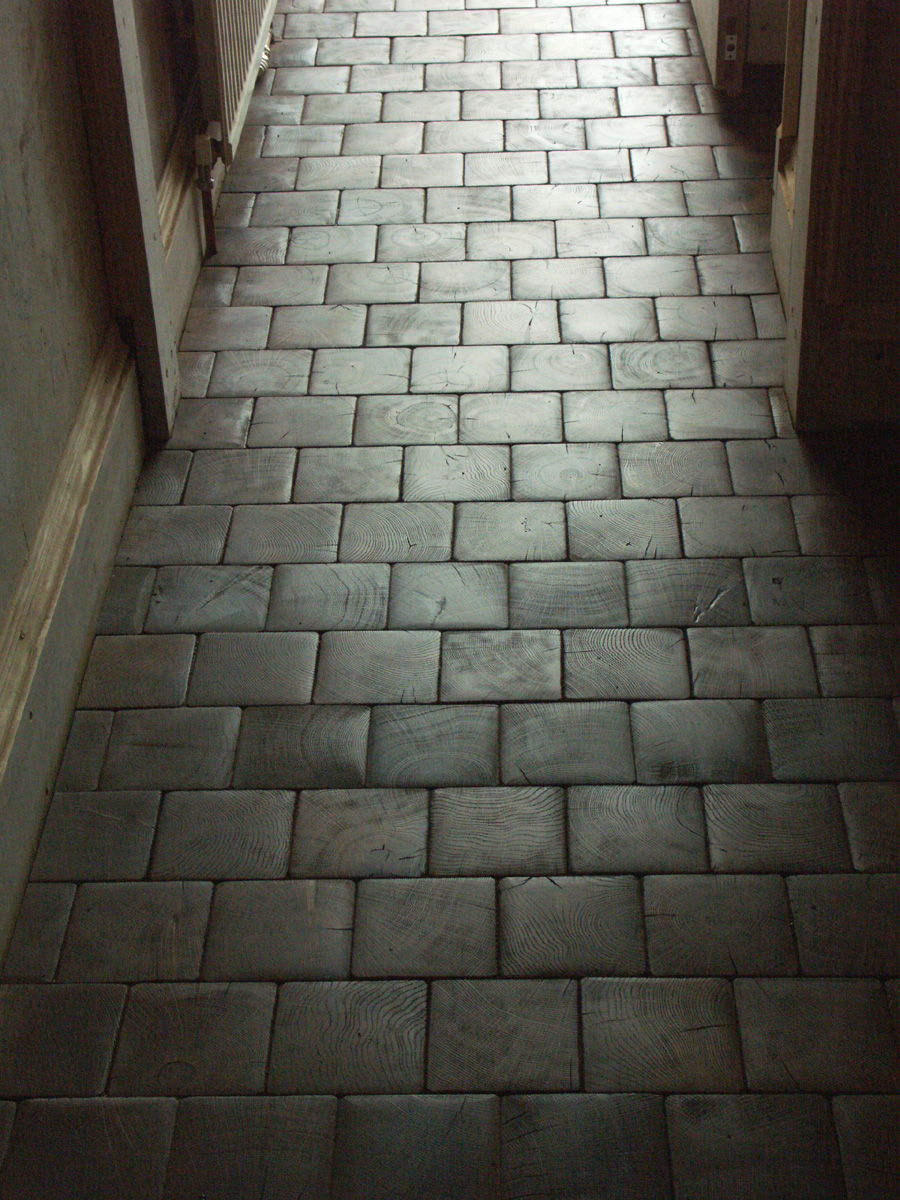Frequently Asked Questions
What makes charred wood pest and insect resistant?
Charred wood cladding and fencing are unique and durable. Where we have previously dealt with the fire retardancy of charred wood, the characteristic that makes charred wood pest and insect resistant is now being dealt with.
Charred wood is not "bug proof". However, it is insect-resistant. Termites fed on charred wood have been found to be less healthy than termites fed on fresh pine shavings, although the termites still eat the charred wood when they have nothing else to eat. Charring is therefore a deterrent, but not a complete solution to termites and other wood pests.
There is not really a single solution to combating pests such as termites, except: don't use wood in your construction! However, there are many things you can do in the construction or refurbishment of a building to help control pests. The use of charred wood in cladding, flooring and fencing would be one of them, but it is not all-encompassing.
A thorough study of why termites and other pests dislike charred wood has, to our knowledge, not yet been done. However, we can speculate why the charred layer is not favoured by pests. As with fire retardancy, the charring process drives out the lighter and more volatile cellulose compounds, leaving the blackened lignin harder and more stable. As we explained in the article on fire retardancy of charred wood, there are mainly two main components of wood: cellulose compounds and lignin. The cellulose compounds in wood are more volatile, which means they are less chemically stable and therefore easier to disintegrate, releasing energy. The lignin is much more chemically stable and therefore harder to digest.
The softer cellulosic components of wood do not necessarily contain more energy, but the energy is more readily accessible, i.e. if the cellulose-like compounds are largely evaporated and burned during the charring process. This makes the wood less nutritious to termites and other pests.
In addition, we assume that the charcoal compounds that remain after the charring process are probably less palatable to pests. Numerous (chemical) compounds, formed during combustion, are left behind in the charred layer. Many of these are probably not particularly healthy to eat by pests and termites.
Charred wood is not "bug proof". However, it is insect-resistant. Termites fed on charred wood have been found to be less healthy than termites fed on fresh pine shavings, although the termites still eat the charred wood when they have nothing else to eat. Charring is therefore a deterrent, but not a complete solution to termites and other wood pests.
There is not really a single solution to combating pests such as termites, except: don't use wood in your construction! However, there are many things you can do in the construction or refurbishment of a building to help control pests. The use of charred wood in cladding, flooring and fencing would be one of them, but it is not all-encompassing.
A thorough study of why termites and other pests dislike charred wood has, to our knowledge, not yet been done. However, we can speculate why the charred layer is not favoured by pests. As with fire retardancy, the charring process drives out the lighter and more volatile cellulose compounds, leaving the blackened lignin harder and more stable. As we explained in the article on fire retardancy of charred wood, there are mainly two main components of wood: cellulose compounds and lignin. The cellulose compounds in wood are more volatile, which means they are less chemically stable and therefore easier to disintegrate, releasing energy. The lignin is much more chemically stable and therefore harder to digest.
The softer cellulosic components of wood do not necessarily contain more energy, but the energy is more readily accessible, i.e. if the cellulose-like compounds are largely evaporated and burned during the charring process. This makes the wood less nutritious to termites and other pests.
In addition, we assume that the charcoal compounds that remain after the charring process are probably less palatable to pests. Numerous (chemical) compounds, formed during combustion, are left behind in the charred layer. Many of these are probably not particularly healthy to eat by pests and termites.
Andere veel gestelde vragen
-
What is the history of the charred wood treatment 'Shou Sugi Ban'?
Button -
What are the properties of Shou Sugi Ban?
Button -
What is the durability of Shou Sugi Ban?
Button -
Do I need to maintain Shou Sugi Ban wood?
Button -
How does carbonisation make the wood fire retardant?
Button -
How does carbonisation make the wood fire resistant?
Button -
Is Shou Sugi Ban water repellent?
Button -
What makes charred wood pest and insect resistant?
Button -
What is the price for Shou Sugi Ban?
Button -
What is the "Shou-Sugi-Ban" technique?
Button -
How do I treat Shou Sugi Ban?
Button -
Shou Sugi Ban wiki
Button -
Where can I find more information about Shou Sugi Ban on pinterest?
Button -
Shou Sugi Ban Belgium
Button -
Shou Sugi Ban France
Button -
Shou Sugi Ban The Netherlands
Button -
Shou Sugi Ban Germany
Button -
Yakisugi Belgium
Button -
Yakisugi France
Button -
Yakisugi The Netherlands
Button -
Yakisugi Germany
Button -
Shou Sugi Ban Fix
Button -
Shou Sugi Ban cladding
Button -
Shou Sugi Ban table
Button -
Shou Sugi Ban kitchen
Button -
Shou Sugi Ban fireplace
Button -
Shou Sugi Ban door
Button -
Shou Sugi Ban sauna
Button -
Shou Sugi Ban floors
Button -
Shou Sugi Ban furniture
Button -
Shou Sugi Ban fences
Button -
Shou Sugi Ban gates
Button -
Shou Sugi Ban specials
Button -
Shou Sugi Ban epoxy
Button -
Which types of wood are best for Shou Sugi Ban?
Button -
Shou Sugi Ban Accoya
Button -
Shou Sugi Ban Spruce
Button -
Shou Sugi Ban Douglas
Button -
Shou Sugi Ban Larch
Button -
Shou Sugi Ban Oak
Button -
Shou Sugi Ban Ayous
Button -
Shou Sugi Ban Ash
Button -
Shou Sugi Ban Thermowood
Button -
Shou Sugi Ban barnwood
Button -
Shou Sugi Ban Kebony
Button -
Shou Sugi Ban Cypress
Button -
Shou Sugi Ban Radiata Pine
Button -
Shou Sugi Ban Padouk
Button -
Is yakisugi suitable for all types of wood?
Button -
Can I perform yakisugi on my own?
Button -
How long does yakisugi-treated wood last?
Button -
Can I use yakisugi indoors?
Button -
Does yakisugi alter wood's structural integrity?
Button -
Is yakisugi a fire hazard?
Button
Quick and reliable
We can be reached by e-mail or telephone
Location (workshop)
Dendermondsesteenweg 120
B-9260 Wichelen
info@product-proof.com
Call
+32 479 022224
© 2024
All rights reserved | Product-Proof bv























